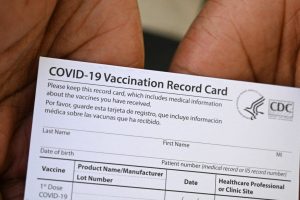In October we wrote an extensive blog about the legality of 80% Lowers in NY and indicated at that time that the law in New York could be changing on eighty percent lowers because legislation was pending in Albany. Well later the same day that we here at Tilem & Associates posted that blog, Governor Kathy Hochul signed a package of new legislation which changed the legality of 80 percent lowers in New York.
Among the changes are the fact that that it will be illegal to possess an unfinished receiver or an unfinished frame often referred to as an eighty percent lower. It becomes illegal to possess these unfinished frames or receivers from six months after the date the law becomes effective. Unfinished frames and unfinished receivers are defined very broadly under the law and include any material that doesn’t constitute a receiver or frame but which has been formed and/or shaped to allow it to become a frame or receiver for a shotgun, rifle or pistol and which can be “readily” made into a receiver or frame that is functioning. What readily made means is not defined so it is unknown if a receiver that is 70% finished, 60% finished or only 20% finished would be legal.
The new law makes it a crime to possess unfinished receivers or frames and makes it a separate crime to sell unfinished receivers or frames. This would seemingly make it illegal for internet sellers of firearms parts to sell polymer 80 or other 80% lowers and ship them into New York State.
 New York Criminal Attorney Blog
New York Criminal Attorney Blog



 (ERPOS) sometimes referred to as Red Flag Laws. New York’s Civil Practice Law and Rules was amended to add a new Article 63-A which gives a Supreme Court Justice, sitting in the County where a person resides, the authority to take away firearms, rifles and shotguns from an individual without that person having been convicted of, arrested for charged with or even having committed any crime. As a result, these laws, which seem to be sweeping the Country, and are now law in approximately 17 states are extremely controversial since a person can lose their constitutional right without committing a crime.
(ERPOS) sometimes referred to as Red Flag Laws. New York’s Civil Practice Law and Rules was amended to add a new Article 63-A which gives a Supreme Court Justice, sitting in the County where a person resides, the authority to take away firearms, rifles and shotguns from an individual without that person having been convicted of, arrested for charged with or even having committed any crime. As a result, these laws, which seem to be sweeping the Country, and are now law in approximately 17 states are extremely controversial since a person can lose their constitutional right without committing a crime.